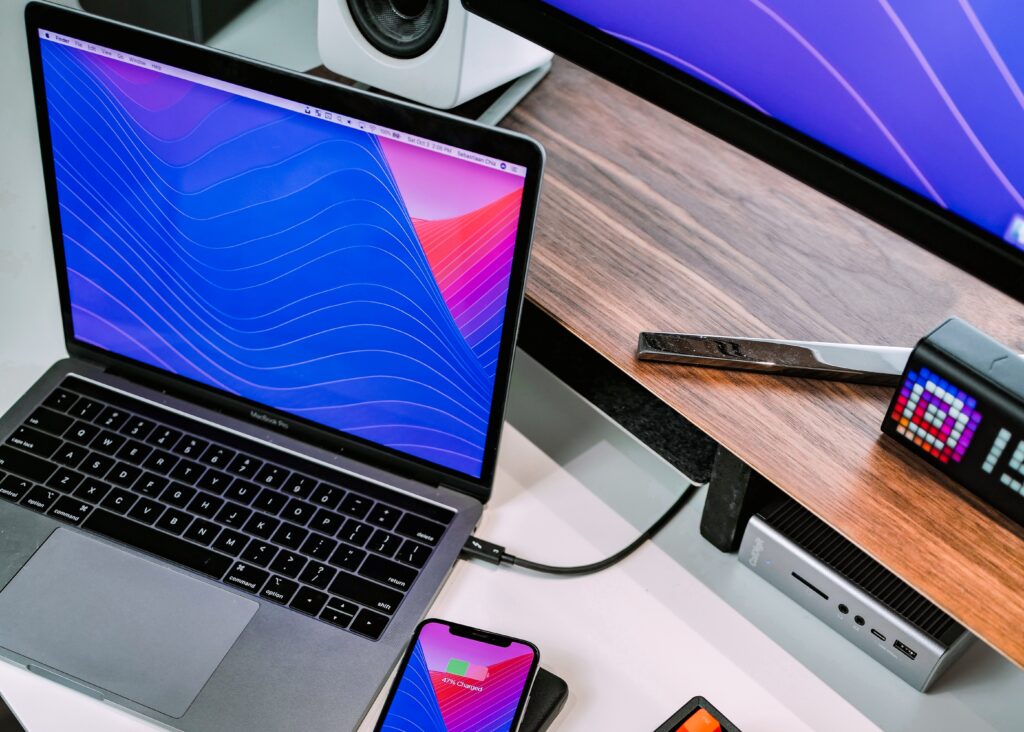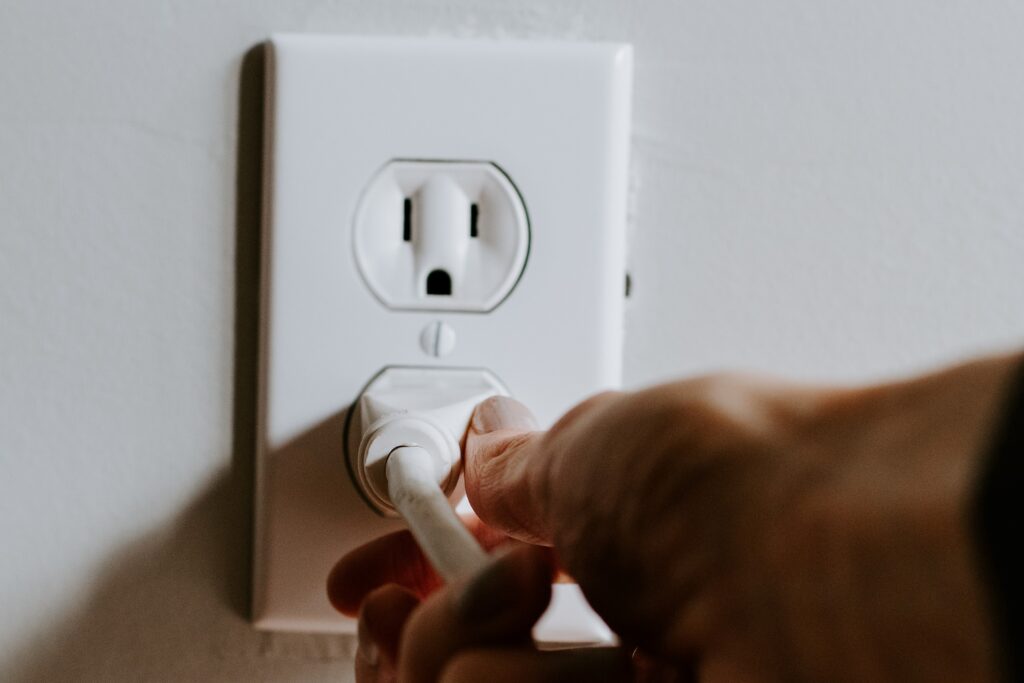Have you ever looked at your utility bill and wondered how you possibly used so much energy? As more workplaces adopt a work from home model, you’re likely using more energy than you ever have before. But if you’re someone who follows responsible protocols to conserve energy – like switching off the lights when they’re not in use or shutting down your computer at night – it might come as a surprise to you that turning off your devices doesn’t mean they don’t consume energy. In fact, your home is filled with appliances that use energy, even when they’re turned off.
This is known as phantom energy usage, also known as phantom loads, and you might be shocked to learn how much it costs you. In this post, we break down how phantom energy is adding to your monthly utility bill and give you some simple steps to minimize your phantom energy usage, so you can save energy and money.

How much does your phantom energy usage cost you?
Even in “standby” or “sleep” mode, many household devices draw energy 24 hours a day to access networks, run clocks, timers, remotes, and more. And while it doesn’t seem like this would have a significant impact on your utility bill, low-level phantom energy usage can really add up. It’s estimated that phantom energy usage accounts for five to ten percent of your electricity bill! Depending on how much energy your household uses, the price tag could equate to a delicious latte from the local coffee shop or an evening trip to the movie theatre for the whole family!
Track your phantom energy usage
If you want to get precise about reducing your phantom energy usage, try investing in an electricity usage monitor. These monitors plug into various devices and appliances in your home and give a reading on how much power they’re using, even when they’re not in use. You might find that your toaster is costing you more than the bread, or your Xbox is using more energy than you’re willing to put into gaming – figuratively speaking.
Reduce your phantom energy usage
Once you know how much phantom energy your household uses, you can start looking at ways to limit consumption. The good news is that there are some simple – and effective – strategies you can use to decrease your phantom energy usage. Here are four easy steps that will prevent unnecessary energy loss and save you money on energy you’re not really using.
Step 1: Unplug
The easiest method to reduce your phantom energy usage is to unplug every household device when it’s not in use. This includes phone or computer chargers, hair dryers, electric toothbrushes, toasters, vacuums, power tools, gaming systems, and more. Leaving devices plugged in when they’re not in use is the most common way for phantom energy usage to add up.

Step 2: Make use of power bars and timers
Power bars, or power strips, make it easy to turn off multiple devices all at once when they’re not in use. For best results and ease of use, look for power bars with built-in surge protection and on/off switches, which, when switched off, will block the current and keep your devices from wasting phantom energy. You might consider grouping devices that are often used together into one power bar to reduce your phantom energy usage. For example, if you work from home, plug your computer, second monitor, and printer into one power bar. That way, when you’re done work for the day, you can simply flip a switch instead of bend down to unplug all three devices (trust us, your back will thank you).
Further, if you’re a routine coffee or tea drinker, you might consider a power bar with a timer you can set to turn on at the same time every day. If you want to get even more serious, invest in a “smart” power bar which automatically cuts energy to secondary devices (like your gaming console or media player) when a primary device (like your television) is switched off.
Step 3: Ditch the screensaver
That slide show screensaver of your pet might be cute (heck, it’s probably freaking adorable), but what’s not cute is that it can waste up to twice as much energy and money. Save those phantom energy dollars by unplugging your computer and instead buy your furry friend a nice treat.
Step 4: Invest in energy efficient devices and appliances
This step requires a bit more upfront cash, but if you have the means to take the plunge, especially when these devices are in need of being replaced, investing in energy efficient devices and appliances will save you energy and money in the long run. There are many energy efficiency products on the market, including ENERGY STAR® certified appliances, electronics, and equipment. These devices usually use less energy to begin with, and often have energy-saving features built in that can help reduce your phantom energy usage.
Energy efficient appliances in Net Zero Home by Qualified Net Zero Builder Great Gulf – Toronto, ON
For more home energy efficiency tips, follow CHBA Net Zero on Facebook and Twitter, or visit the CHBA blog.
